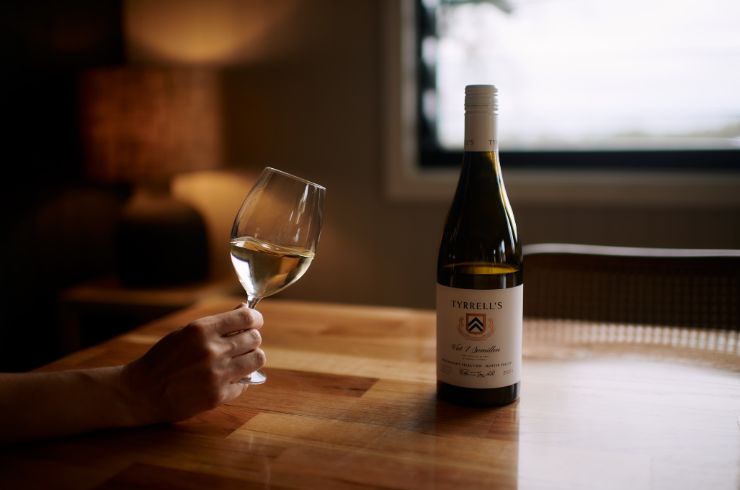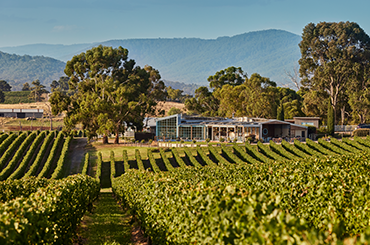Each year, Australia grows almost two million tonnes of grapes for wine production, resulting in hundreds of thousands of tonnes of waste products such as lees (dead yeast cells) and grape pomace/marc (grape skins, seeds, stalks and other organic materials).
Research has found that grape lees and pomace may contain a huge variety of beneficial constituents, such as polyphenols, oligosaccharides and pectins, as well as commonly used substances like grape seed oil, and tartaric and citric acids. With greater focus on sustainability in and outside the vineyard, efforts are now centred on making the recovery of these constituents more viable for commercial and pharmaceutical uses, while many wineries and other businesses are finding new (and old) ways of monetising these valuable elements.
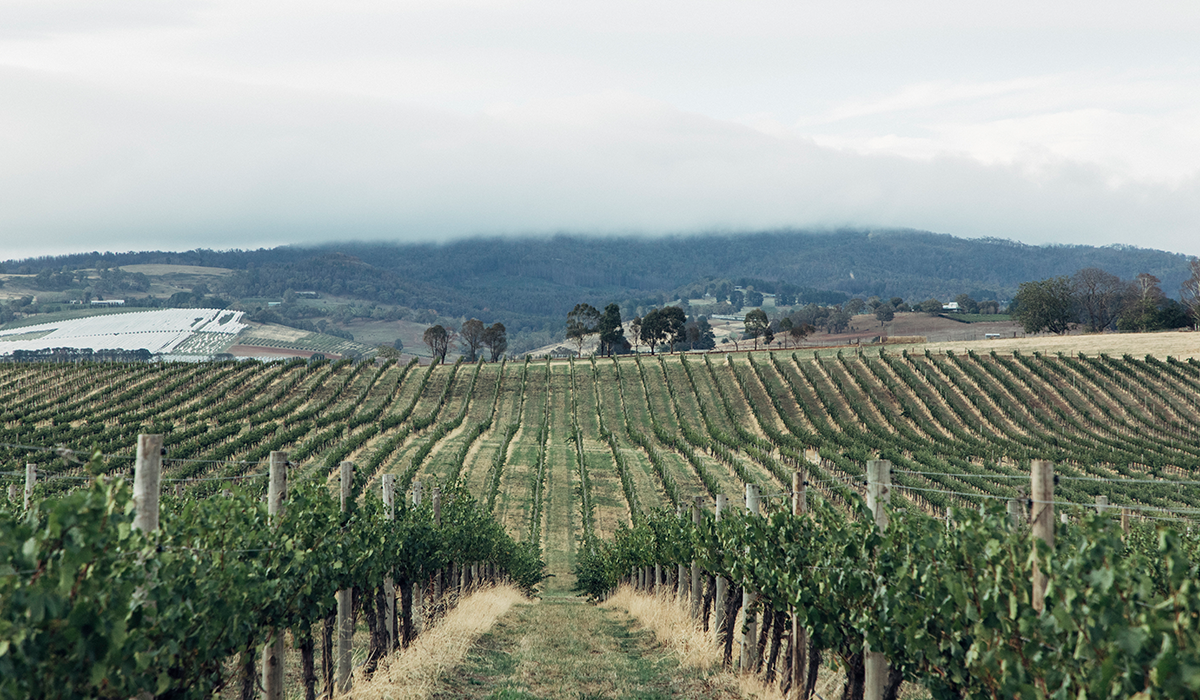
Piquette from vineyard waste
Working out in the vineyard can be thirsty work. In the 19th century, French vineyard workers would take some grape pomace, mix it with water, and then ferment a low-alcohol, very refreshing drink with a touch of fizz.Known as ‘piquette’ (from the French word for ‘prickle’), it is now becoming increasingly common to see it from Australian producers. It’s also a great way to squeeze a little extra juice (and cash) from the grapes.
“Making a product from what would normally be discarded into mulch or cow feed (which you can still do after) intrigued me and my love for experimentation” says Defialy winemaker Micah Hewitt.
Chapel Hill senior winemaker Bryn Richards found making piquette a challenge, as “the second fermentation... happens in the can, so I had to apply all of my winemaking knowledge and a little bit of finger crossing to make it happen.”
Yet piquette still has a reputation with winemakers and consumers alike. This is partly due to its image as a ‘vineyard workers’ drink’, says XO Wine Co winemaker Greg Clack, because “in some circles this is seen as a positive, [but] in general it’s a negative perception.”
If you’re keen to explore the tasty world of piquette, check out Defialy’s Unholy Water, made from riesling and sauvignon blanc, Escape Room from Chapel Hill, a mix of sangiovese skins and botanicals, and XO Wine Co’s Field Blend, made from riesling, barbera and fiano.
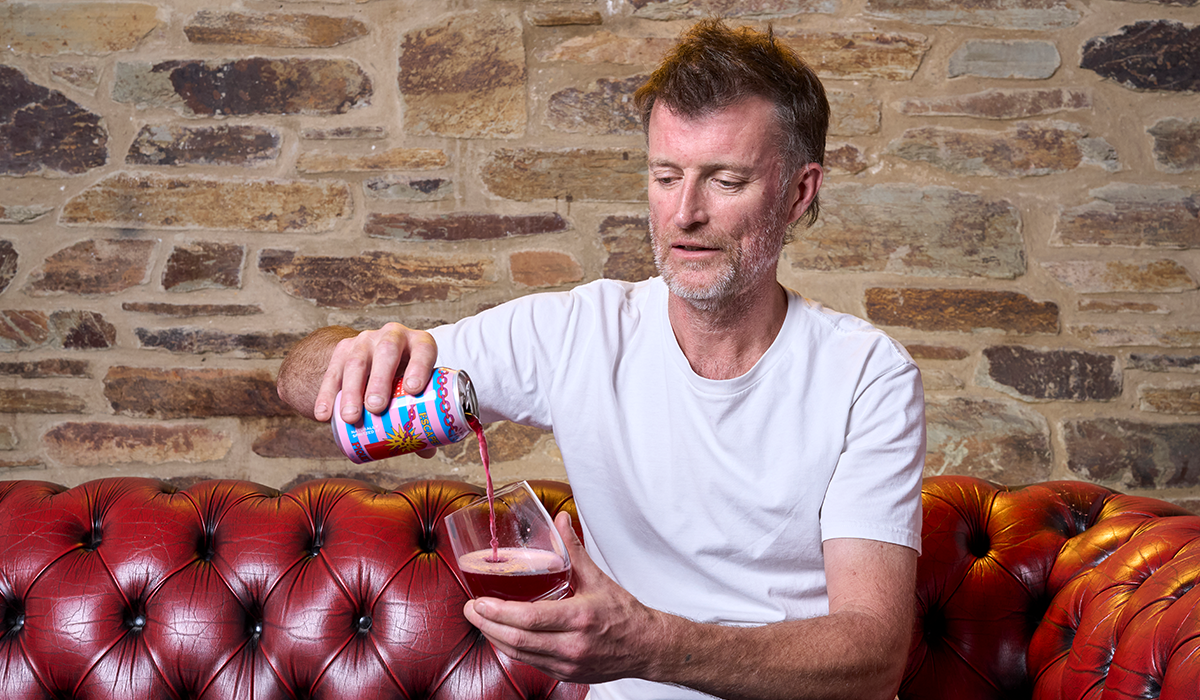
Chocolate from vineyard waste
Pairing wine with chocolate is quite in vogue right now, but what about putting grapes in the chocolate?Ralph Jerome, a former R&D executive at Mars, started the US company WellVine. It turns dried, unfermented chardonnay marc into a prebiotic supplement, to act as food for beneficial bacteria. This is then added to dark chocolate to create Vine to Bar, which is seemingly the only chocolate in the world that integrates grape marc.
“Studies now confirm that WellVine Chardonnay Marc offers all of the goodness of fresh fruit, without all of the sugar, and emerging data on the nutritional benefits exceeds our initial expectations” says Peggy Furth, co-founder of WellVine.
While the chocolate isn’t yet available in Australia, the makers are very keen to export it to us soon. In the meantime, the market is ripe for an Australian company to take on the fusion of grape marc and chocolate, which is not only great for sustainability, but for our tastebuds.
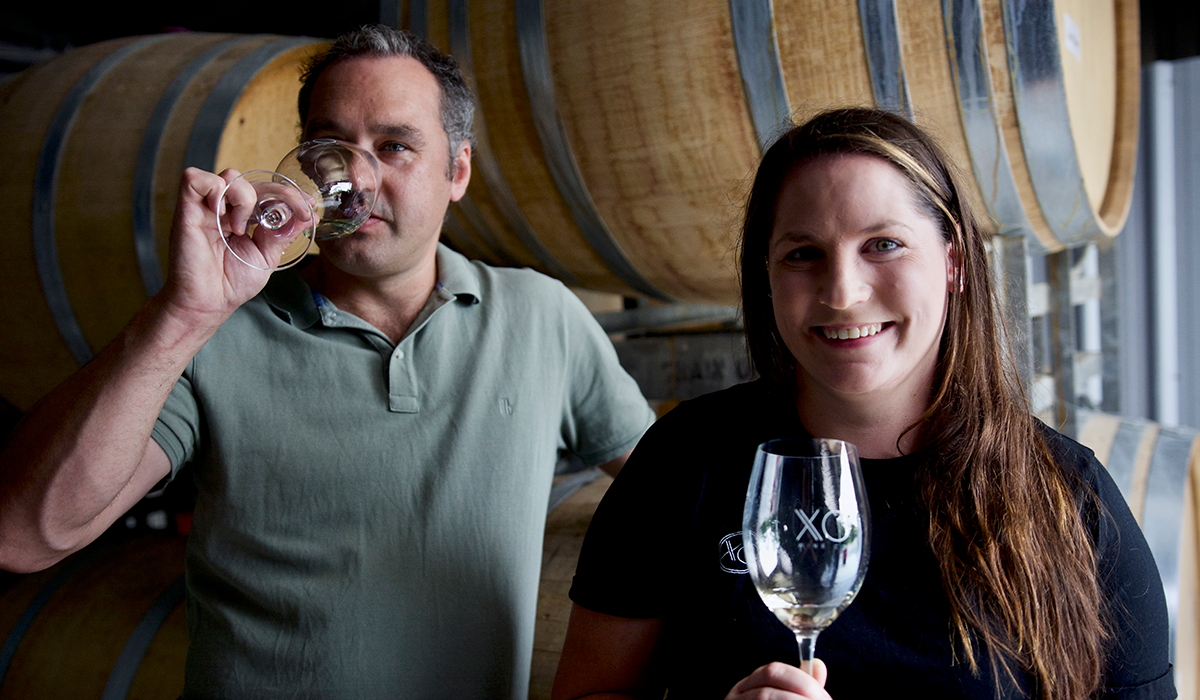
Cheese from vineyard waste
At several stages of wine production, the gross lees, which make up around five per cent of a wine’s volume, can be removed through clarification or racking. While they are usually discarded, lees may contain proteins, carbohydrates, phenols, acids, salts, and even antioxidants.Mario Marson, of Heathcote winery Vinea Marson, found a novel way of using the leftover lees. “The idea came to me when I was pressing some nebbiolo in 2012 (one of my favourite vintages) and I thought of the possibility of making Australia’s version of the ‘Testun di Barolo’,” which is a hard cheese, coated in the must and lees of nebbiolo in the famed region of Barolo in Italy.
Mario then got in touch with Giorgio Linguanti at That’s Amore Cheese. “ ...We only use fresh buffalo milk from a local farm in Victoria,” says Giorgio. It then goes through a long process of heating, forming curds, resting and draining, then shaping and pressing. “The result of this process is a cheese with a distinctive flavour profile that combines the rich, creamy texture of aged buffalo milk cheese with the unique nuances imparted by the nebbiolo grape skins and lees – making Drunken Buffalo cheese a beloved specialty in our range.”
Madeleine Marson, Mario’s daughter and assistant winemaker, loves the sustainability angle of the partnership. “The Drunken Buffalo is a tactile way to begin a broader conversation with visitors about sustainability and the use of waste materials” says Madeleine. “It opens a conversation about waste and vineyard health, with grape marc also being reclaimed as compost in the vineyard, one of myriad efforts we and all vineyards need to employ in the era of climate change.”
Image credits: Ian Routledge, Wine Australia, Chapel Hill, XO Wine Co.

